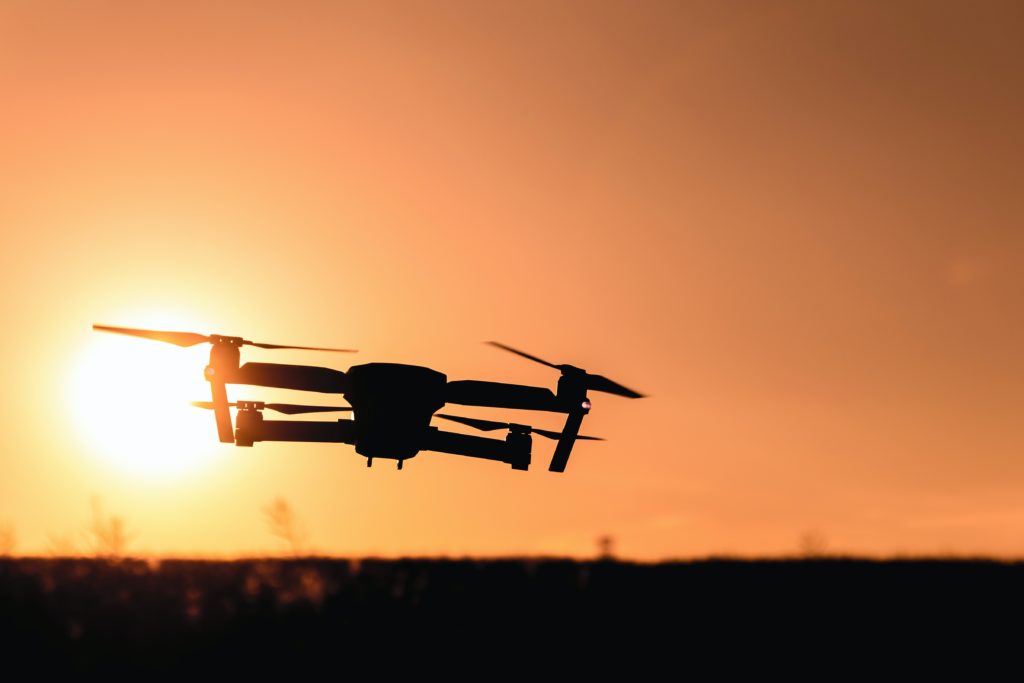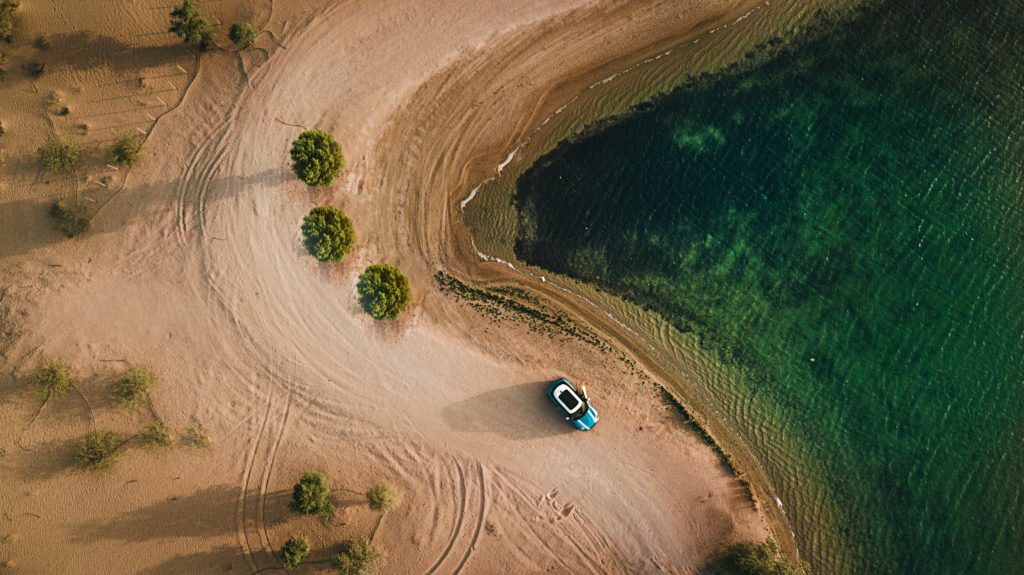Drones are increasingly becoming popular among photography enthusiasts due to the amazing perspectives they offer. Australia is a big country with plenty of interesting places to photograph. If you have the time and opportunity, you should definitely consider going on a drone photography trip around the country. Here are 10 tips to help you make the most of your experience.
Plan your shots
Just like with any other type of photography, it is important to plan your shots when using a drone. Decide what you want to include in the frame and what angle you want to shoot from.
That will help you save battery life and avoid wasting time flying the drone around aimlessly. Soon, you will be able to use drones with GPS and autonomous flight features, which will make planning shots even easier.
Get familiar with the drone controls
This may seem like an obvious tip, but it is important to get familiar with the controls of your drone before flying it around. If you are not comfortable with the controls, you will likely crash the drone, which can be costly.
There are plenty of resources available online that can help you learn how to control your drone. Once you are familiar with the basics, you can start practicing flying in different environments.
Check the weather conditions
Weather conditions play a big role in drone photography. If it is windy, the drone will be more difficult to control. If it is raining, the drone could get damaged. Therefore, it is important to check the weather conditions before flying your drone.
Ideally, you want to fly on a day with little to no wind and no chance of rain. If you’re planning to shoot in an area with lots of trees or other obstacles, windy conditions could make it difficult to keep the camera stable. Make sure to avoid having to re-shoot everything just because of the bad weather.
Avoid flying in populated areas
Drones are not allowed to be flown in populated areas such as densely populated cities or towns. That’s because there is a risk of the drone hitting someone or something, which could cause serious injury.
If you are caught flying a drone in a populated area, you could face hefty fines. You are not allowed to fly within 30 meters of people, vehicles, buildings, or other structures. It is also important to keep your drone in sight at all times.

Find interesting subjects
When looking for things to photograph, don’t just focus on the landscape. There are plenty of other interesting subjects you can shoot with a drone, such as animals, people, and architecture.
An interesting subject is a key to any good photo. Look for something that will stand out in your frame and make sure to get a variety of shots from different angles. That will significantly increase your chances of getting a great shot.
Take plenty of shots
When using a drone, you have the advantage of being able to take lots of shots without having to worry about film or memory cards. Whether you are taking professional corporate headshots in Melbourne or landscape photos in New Zealand, make sure to take plenty of shots.
After you’ve taken your photos, it’s time to edit them. This is where you can really bring out the best in your shots. Experiment with different editing techniques to find the ones that work best for you.
Use the right settings
It is important to use the right settings on your drone camera to get the best results. If you are shooting in low light, for example, you will need to use a higher ISO setting.
If your drone has the option, be sure to shoot in manual mode. That way, you can have more control over the settings such as shutter speed, ISO, and aperture. Using manual settings will help you get the best possible results from your photos.

Shoot in RAW format
When shooting photos with a drone, it is best to shoot in RAW format. That way, you will have more control over the final image when editing it later.
RAW files are larger than JPEGs, so you will need a memory card with a large capacity. As a general rule, you should always shoot in the highest quality format available.
Use an ND filter
If you’re shooting in bright conditions, you may want to use a neutral density (ND) filter. This will help reduce the amount of light that enters the camera, which can prevent overexposure.
The ND filter will also help to improve image quality by reducing lens flares and other artifacts.
Use a tripod
If you want to get really stable shots, use a tripod. That way, you won’t have to worry about the drone moving around while you’re taking the photo.
A tripod will also help keep the camera level, which is important for getting clear photos.
Conclusion
Drone photography is a great way to get unique and interesting shots. By following these tips, you’ll be well on your way to taking amazing photos with your drone.
By Mark Bingham

You are so right about getting familiar with the drone controls. It worked great when we tried.